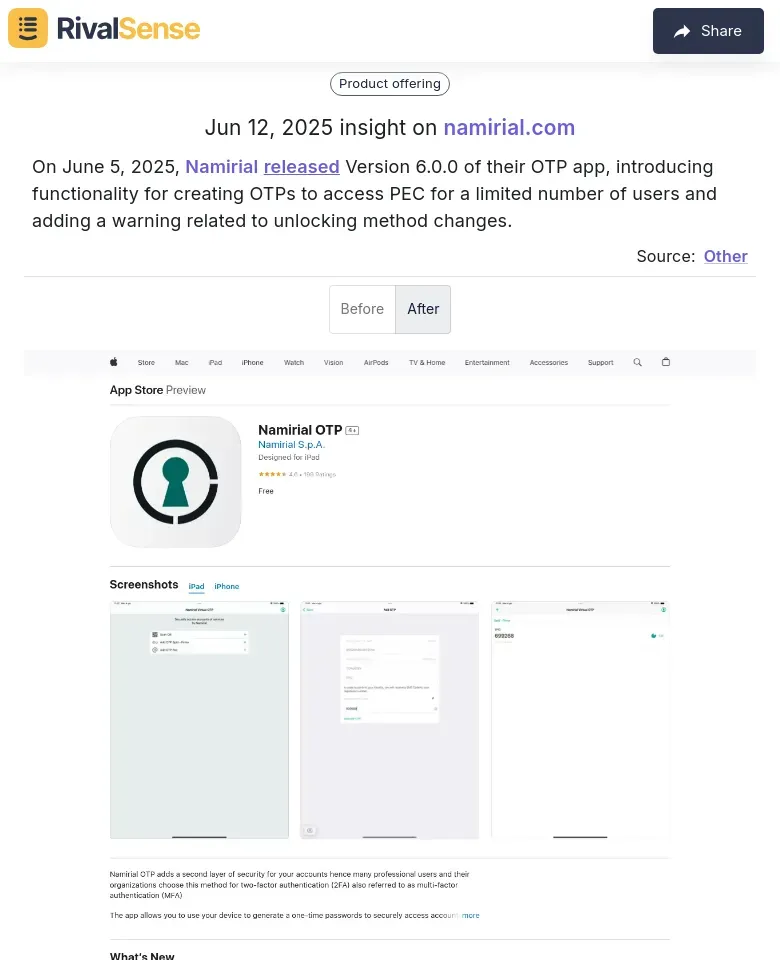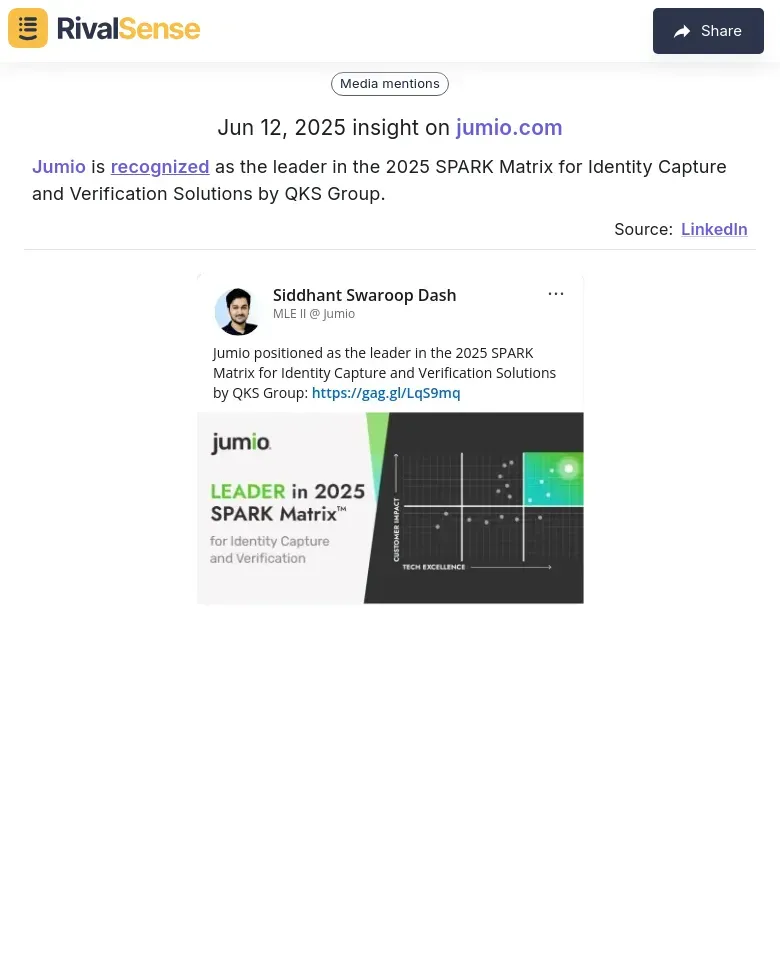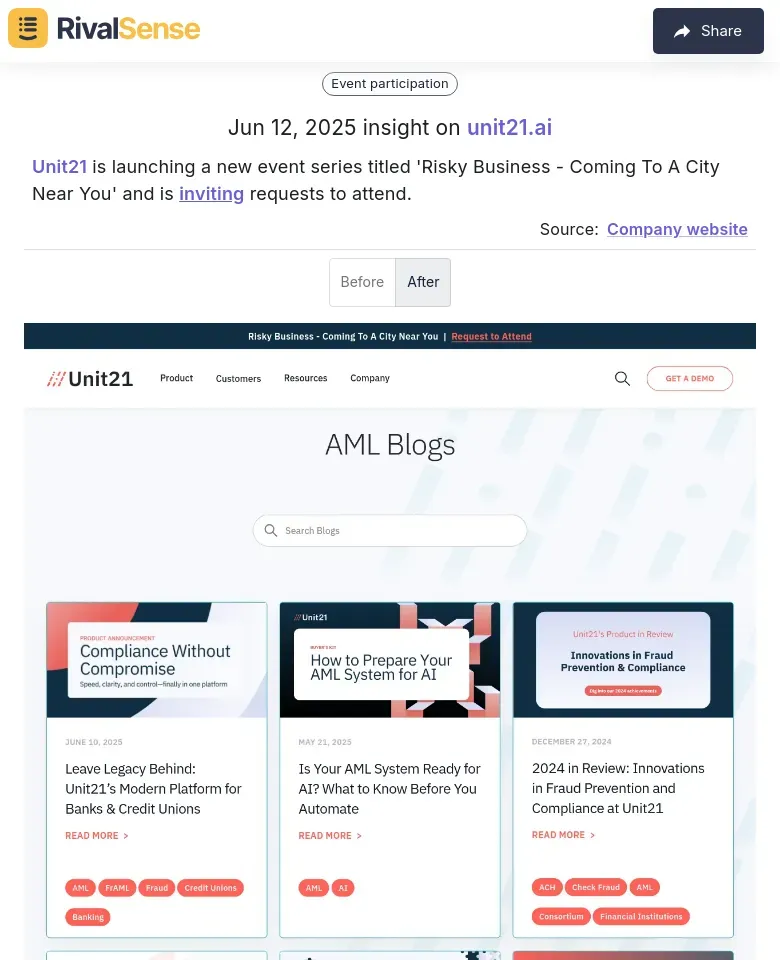Decoding Competitor SEO Strategies for Legal Firms
In the highly competitive legal industry, standing out online is not just an advantage—it's a necessity. Search Engine Optimization (SEO) plays a pivotal role in ensuring your legal firm is visible to potential clients when they search for services you offer. With over 70% of clients turning to search engines to find legal representation, neglecting SEO means missing out on significant opportunities.
But how do you ensure your firm ranks above the rest? The answer lies in decoding your competitors' SEO strategies. By analyzing what works for them, you can identify gaps in your own approach and implement tactics that give you a competitive edge. This guide covers everything from competitor identification to technical optimizations:
✅ Checklist to start:
- Identify your top 3-5 competitors
- Analyze their website structure and content
- Track their keyword rankings
- Monitor their backlink profile
Identifying Key Competitors in the Legal Space
Identifying key competitors is the foundational step in decoding their SEO strategies. Begin by researching firms ranking for your target keywords in your geographical area or specialty. Use SEO tools to analyze competitors' domain authority, backlink profiles, and keyword rankings for a clear competitive landscape.
Consider both direct competitors (similar practice areas) and indirect competitors (firms targeting similar client demographics). Look beyond website metrics to examine their social media engagement, review patterns, and local SEO presence through Google My Business profiles.
🔍 Practical steps:
- Use SEMrush or Ahrefs to identify competitors for your primary keywords
- Analyze their niche specialization and service offerings
- Evaluate their Google My Business optimization and review frequency
- Monitor their content publishing cadence across platforms
- Create a SWOT analysis comparing their online strengths/weaknesses to yours
Analyzing Competitors' SEO Tactics
Thorough analysis of competitors' SEO tactics reveals actionable opportunities for improvement. Start by reverse-engineering their keyword strategy—identify which terms drive their organic traffic and how they incorporate them into content. Examine their content depth, structure, and formatting to understand what resonates with audiences.
Pay special attention to their technical SEO foundations. Analyze page load speeds, mobile responsiveness, URL structures, and schema markup implementations. These technical elements often separate top performers from average ones in competitive legal niches.
📊 Actionable audit framework:
| Focus Area | What to Examine | Tools |
|---|---|---|
| Keywords | Ranking positions, search volume, difficulty | SEMrush, Ahrefs |
| Content | Topic clusters, depth, freshness, engagement | BuzzSumo, Google Analytics |
| Backlinks | Domain authority, referring domains, quality | Moz, Majestic |
| Technical | Page speed, mobile-friendliness, indexation | PageSpeed Insights, Screaming Frog |
Beyond SEO: Tracking Competitors' Strategic Moves
While SEO is crucial, monitoring competitors' broader business activities provides strategic context for your digital efforts. Product updates, industry recognitions, and event participation all influence market positioning and client perception—factors that ultimately impact SEO performance.
Consider these real-world examples:
-
Product Updates Signal Innovation
Namirial recently released Version 6.0.0 of their OTP app with enhanced security features:

Tracking such updates helps anticipate feature expectations in your niche, allowing you to create comparison content that positions your firm advantageously. -
Industry Awards Build Credibility
Jumio was recognized as a leader in the 2025 SPARK Matrix for Identity Verification:

Monitoring competitor awards reveals their perceived strengths, enabling you to counter-position through specialized content showcasing your unique expertise. -
Events Reveal Market Expansion
Unit21 launched their 'Risky Business' event series across multiple cities:

Tracking competitor events helps identify new markets they're targeting, allowing you to adjust your local SEO strategy proactively.
Content Strategy Insights from Competitors
Competitor content analysis uncovers what resonates with your shared audience. Legal firms typically see success with educational content that simplifies complex topics while demonstrating expertise. Examine how competitors structure their content across different formats and topics.
Notice how top performers balance evergreen content (legal guides, explainers) with timely pieces addressing current legislation changes or high-profile cases. Their most effective content typically addresses client pain points directly while establishing authority through citations and case examples.
💡 Engagement-boosting tactics to borrow:
- Turn complex procedures into step-by-step visual guides
- Create FAQ hubs addressing common client concerns
- Develop case study templates showcasing successful outcomes
- Repurpose top-performing content into video summaries
- Implement "Ask a Lawyer" interactive features
Technical SEO and User Experience
Technical SEO forms the backbone of your online visibility, especially in competitive legal markets. Users expect fast, intuitive experiences when researching sensitive legal matters. Sites that deliver seamless experiences gain significant ranking advantages.
Prioritize mobile optimization since over 60% of legal searches now happen on smartphones. Implement structured data markup for practice areas, attorney profiles, and locations to enhance rich snippet opportunities. Local SEO remains particularly critical—ensure consistent NAP (Name, Address, Phone) information across all directories.
⚙️ Technical optimization checklist:
1. Achieve sub-3-second load times (test via PageSpeed Insights)
2. Implement responsive mobile design
3. Add schema markup for legal services and professionals
4. Fix crawl errors and broken links monthly
5. Optimize Google My Business with practice area keywords
6. Secure HTTPS encryption
7. Create location-specific landing pages
Implementing and Outperforming Competitor Strategies
Translating competitor insights into action requires strategic adaptation to your firm's unique strengths. Don't just replicate—innovate by identifying content gaps they've overlooked and technical weaknesses you can capitalize on. Focus on areas where your specialized expertise provides distinctive value.
Develop an implementation roadmap with clear ownership and timelines. Assign team members to specific competitive monitoring areas (technical SEO, content, backlinks) with regular reporting cadences. Use competitive intelligence not just to catch up, but to leapfrog competitors through superior user experiences and more authoritative content.
🚀 Advanced outperformance tactics:
- Create interactive legal tools (e.g., settlement calculators)
- Develop voice-search optimized content for conversational queries
- Build authoritative resource centers that become industry go-tos
- Secure featured snippets for "people also ask" questions
- Establish local partnerships for geo-specific backlinks
Ready to decode your competitors' moves?
Try RivalSense for Free and get your first competitor report today. Track product updates, awards, events, and digital strategies—all delivered in actionable weekly insights.
📚 Read more
👉 How Smartling's Mindtouch Move Spurred Rival Localization Upgrades
👉 How Website Changes Reveal Competitor Talent Strategies
👉 Benchmarking Payment Leaders: Worldline's Market Intelligence Edge
👉 5 Product Offering Mistakes When Tracking Competitor Promotions
👉 The Power of Timely Information: How to Stay Ahead in Business
